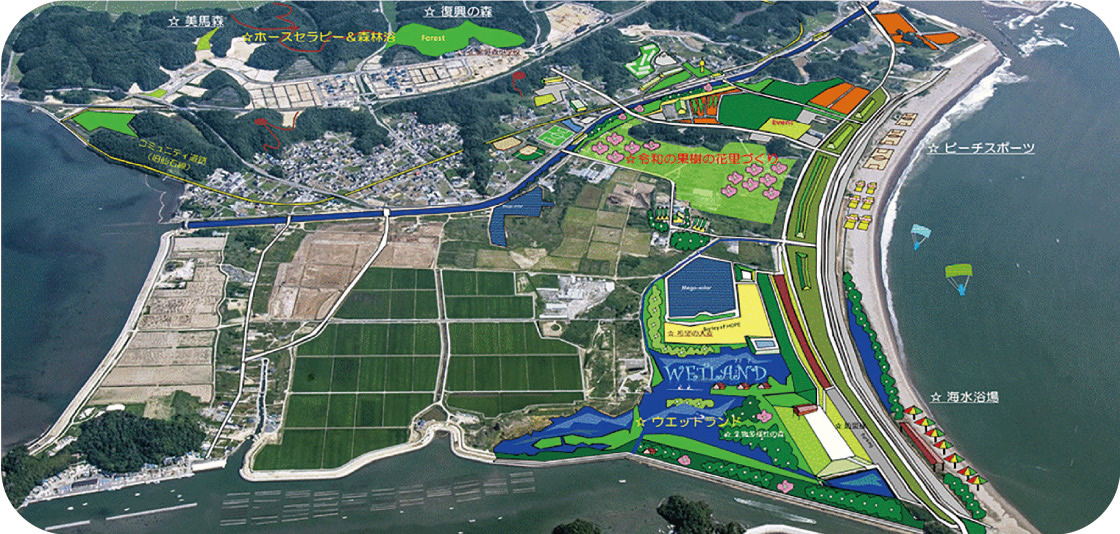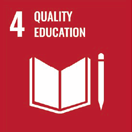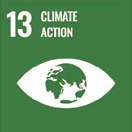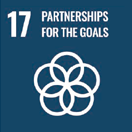On March 11, 2011, the great force of nature the tsunami demonstrated in the Great East Japan Earthquake destroyed the coastal levee in the Nobiru area. The sea swallowed roads, houses, and farmland, resulting in major changes to the environment. Most of the people who used to live in the area have moved to relocation complexes on higher ground. As the years went by, the land became desolate, and the future use of the land became a major issue.
One of the biggest problems was that as the restoration of levees, roads, rice paddies, and farmland progressed, a large amount of earth, sand, and materials were transported for the restoration work from other places. As a result, large numbers of invasive alien plants and organisms have been discovered and are still increasing today. The changes to the local environment may be due to various reasons, such as climate change, and because the locals have moved away and no longer tend to the land. However, to return the environment to its original state, it is necessary for people to do something about it. This does not mean destructive interference, but rather making interventions that will allow humans to live in harmony with nature.
On the other hand, in the Suzaki wetland in the Nobiru area, which was flooded with seawater in the disaster, aquatic organisms that had previously inhabited the area and miraculously survived are still thriving and reproducing. In winter, migratory birds and wild birds fly to the area, and the natural environment is gradually being restored. Witnessing the power of nature, we call the Suzaki wetland a “miracle wetland.”
However, the water quality of the wetland, which has become closed off, is slowly but surely deteriorating. To manage the wetland’s water quality, we need a system to bring in fresh seawater to replace the deoxygenated water. Creating a water circulation system using natural energy and removing invasive alien species that are proliferating are also future tasks.








